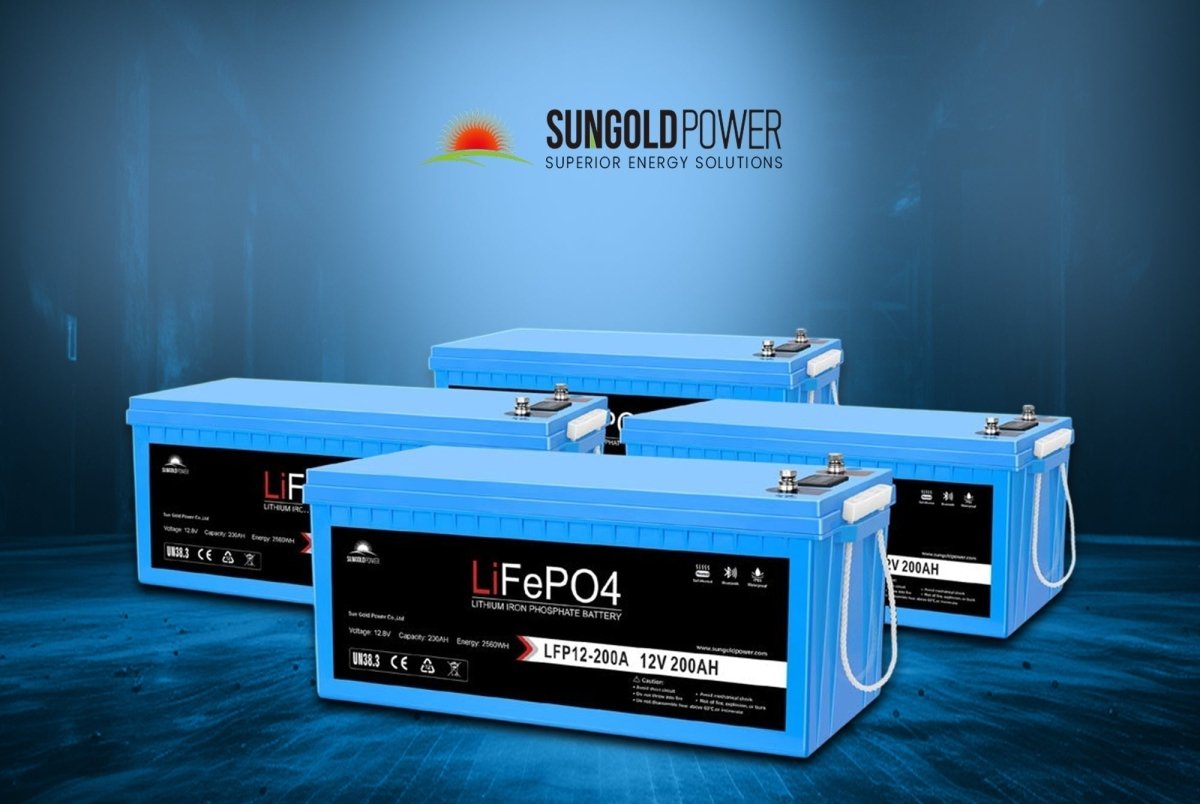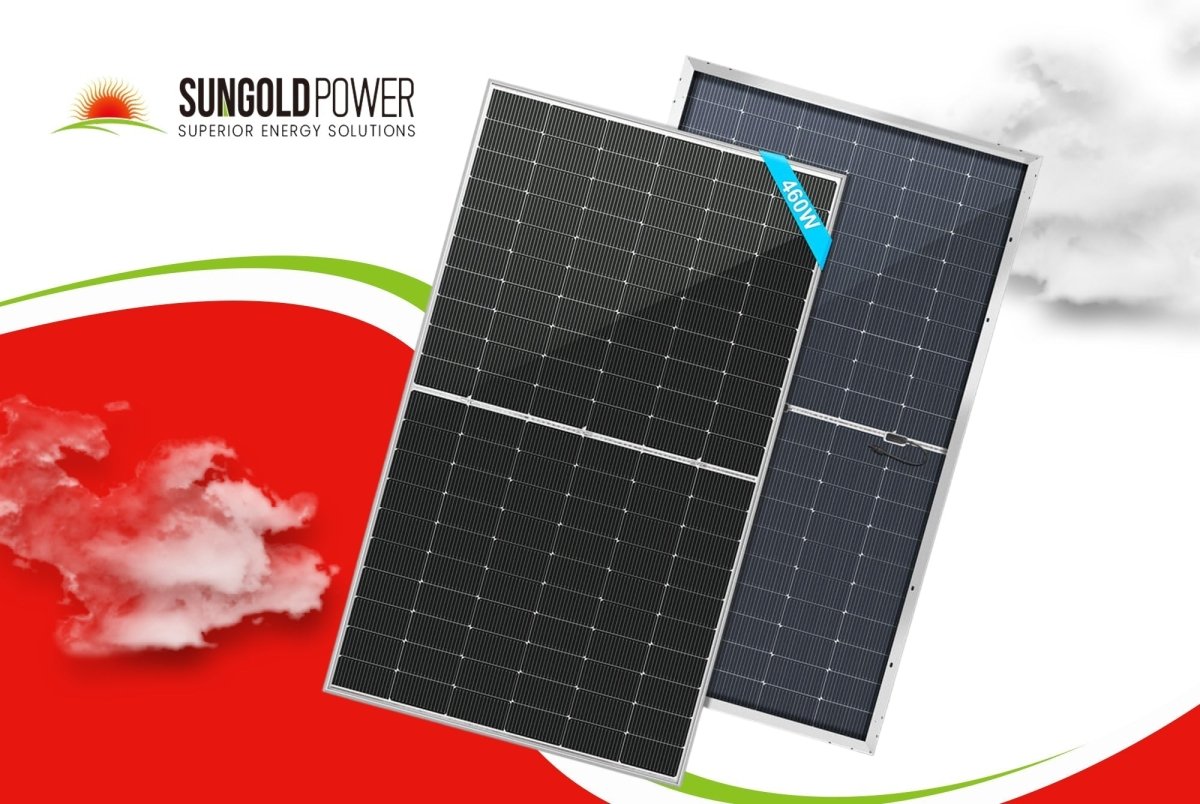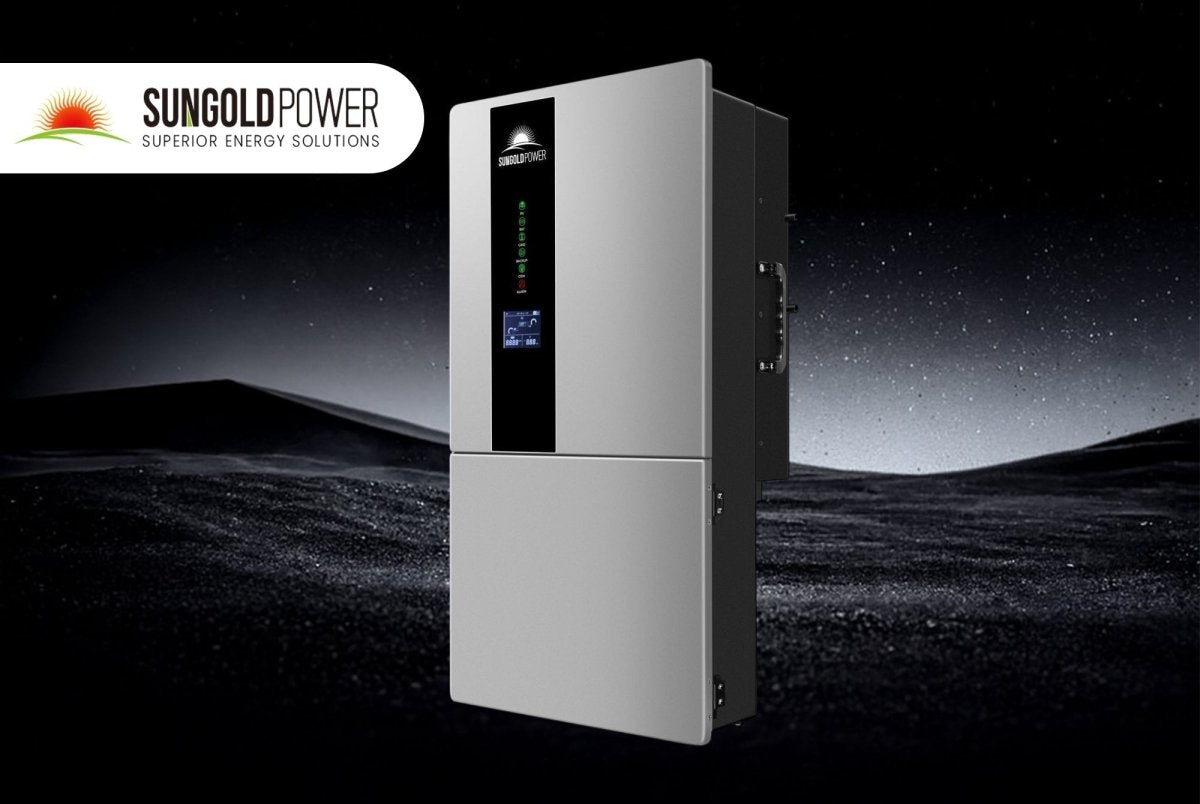Demi Moreno - Oct 19 2023
A Comprehensive Guide to Federal Tax Credits for Residential Solar Photovoltaic (PV) Systems

Solar energy has become a prominent solution for homeowners seeking to reduce their environmental footprint while simultaneously cutting down on energy expenses. The Federal Tax Credit for Solar Photovoltaics, also known as the Investment Tax Credit (ITC), plays a pivotal role in making residential solar PV systems more accessible and financially appealing. In this comprehensive guide, we will delve deep into understanding this tax credit, addressing its mechanisms, eligibility criteria, and strategies to maximize its financial benefits. We'll also tackle common questions and scenarios related to qualification.
TABLE OF CONTENTS:
· What is a Tax Credit?
· What is the Federal Solar Tax Credit?
· What Expenses are Included?
· Tax Credit Percentage by Installation Year
· How to Claim the Tax Credit?
· What to Consider during Application Process?
· Going Solar has Its Benefits!
What is A Tax Credit?
Imagine having a $1,000 coupon that you can apply to reduce your federal income tax liability. Federal solar tax credits work in a similar way, allowing you to reduce the amount of federal income tax you owe.
What is the Federal Solar Tax Credit?
The Federal Solar Tax Credit is specifically designed for residential use. If you purchase and install a solar PV system, you can claim a tax credit on your federal income tax return, effectively reducing your tax liability. This credit can be applied to offset a portion of the costs associated with your solar system.
To determine if you are eligible for the tax credit, consider the following criteria:
▪ Your solar PV system must be located at your residence within the United States.
▪ The installation of your solar PV system must have taken place between January 1, 2017, and December 31, 2034.
▪ You must own the solar PV system outright, either through a cash purchase or financing. Leasing the system or buying electricity generated by the system from a solar company does not qualify.
▪ The solar PV system must be new or used for the first time.
▪ Only solar PV systems installed within the tax year are eligible for the credit.

What Expenses are Included?
The Federal Solar Tax Credit covers several expenses related to your solar PV system installation, including:
▪ Solar PV panels or PV cells (including those used to power attic fans, but not the fans themselves).
▪ Contractor labor costs for onsite preparation, assembly, or original installation, which includes permitting fees, inspection costs, and developer fees.
▪ Balance-of-system equipment, encompassing wiring, inverters, and mounting equipment.
▪ Energy storage devices with a capacity rating of 3 kilowatt-hours (kWh) or greater (for systems installed after December 31, 2022). Note that the storage device must meet installation date requirements, even if it's installed in a subsequent tax year. Please be aware that a private letter ruling may not be applicable as a precedent for other taxpayers.
▪ Sales taxes on eligible expenses.
Tax Credit Percentage by Installation Year
The percentage of tax credit you can claim varies depending on the year of installation:
▪If you installed your solar PV system in 2020 or 2021, you can claim a 26% tax credit.
▪Systems installed between 2022 and 2032, as well as those installed before 2020, are eligible for a 30% tax credit.
▪The tax credit for systems installed in 2033 will decrease to 26%, and for systems installed in 2034, it will further reduce to 22%. After 2034, unless Congress updates the policy, this tax credit will no longer apply.

How to Claim the Tax Credit?
To claim the Federal Solar Tax Credit, individuals need to complete IRS Form 5695 to obtain the Residential Energy Credit and submit it along with their federal tax return for the year of solar system installation. If the tax credit exceeds the tax owed, the remaining balance can be carried over for up to five years to offset future tax obligations.
What to Consider During the Application Process?
1. Clarifying the "Solar Tax Refund" Misconception:
It's essential to note that the term "solar tax refund" is incorrect. A refund implies that even those who do not owe taxes can receive money back. In reality, the solar tax credit is a tax deduction, meaning you must have a federal tax liability to benefit from it. If your federal tax liability is less than the solar tax credit amount, the remaining credit can be carried over to the next tax year.
2. Specifics of the Solar Tax Credit:
The tax credit applies only to the federal portion of your personal income tax. Not all personal income taxes are eligible for the credit. The tax rate may vary based on individual circumstances, and the chart provided is merely an illustrative reference.
3. Eligibility for Residential Properties:
To claim the solar tax credit, the solar PV system must be installed on a primary or secondary residence. Rental properties are not eligible for the credit.
4. Ownership Requirement:
To qualify for the tax credit, you must own the solar PV system outright, whether through a cash purchase or financing. Leasing or participating in a Power Purchase Agreement (PPA) does not qualify.
5. New or First-Time Use Requirement:
The solar PV system must be new or used for the first time to be eligible for the tax credit.
6. No Income Limitations:
There is no maximum income limit for claiming the tax credit.

What to Consider During the Application Process?
1. Sustainability:
Help preserve the environment with clean energy that has a minimal carbon footprint.
2. Long-term savings:
Imagine reducing your monthly electricity bill to nearly zero, with only installation costs involved. If your monthly bill exceeds $75, it's worth considering solar panels, giving you the freedom to use your air conditioning without worry.
3. Tax credit:
In our state, you may qualify for a 30% tax credit on your solar investment. A great incentive to make the switch!
4. Energy credits:
Any excess electricity generated by your solar panels can be stored as credits, saving you even more on future bills.
5. Increased property value:
Studies show that homes with solar panels sell faster and have an average 4.1% increase in value.
Conclusion
Incorporating solar energy into your residential property not only contributes to a sustainable future but also provides long-term savings on energy costs. By taking advantage of the Federal Solar Tax Credit, homeowners can reduce their tax burden while enjoying the financial benefits of renewable energy. To ensure compliance with tax regulations and maximize your savings, consult with a tax professional or solar energy expert. Embrace the benefits of solar power and start enjoying the rewards of green energy today!
References
U.S. Department of Energy. (2023). Homeowner’s Guide to the Federal Tax Credit for Solar Photovoltaics. Retrieved from https://www.energy.gov/eere/solar/homeowners-guide-federal-tax-credit-solar-photovoltaics




